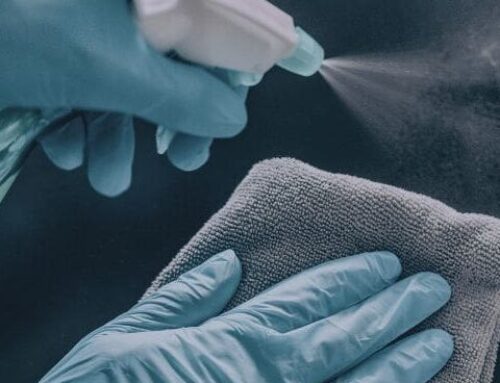Legionella pneumophila is a waterborne bacterium that causes Legionnaire’s disease, a severe form of pneumonia. Though Legionnaire’s disease is not transmissible from person to person, it is often fatal if untreated. L. pneumophila also causes Legion Fever and Pontiac Fever, which are less severe forms of the infection.
The first recognized outbreak of Legionnaire’s disease occurred in 1976 in Philadephia, Pennsylvania at an American Legion conference, where more than 130 people were sickened and 25 died. Since then, the organism has been heavily studied. A water-loving organism, it is found in  air conditioners, cooling towers, swimming pools, spas, home water filtration systems, and dental water lines. It causes disease when contaminated water is aerosolized then inhaled. Industrial cooling towers are especially problematic. Disinfection of Legionella is difficult. It hides in biofilms, sometimes within other single-celled organisms called protozoa. An innovative new strategy for Legionella control uses predatory protozoa which are intentionally introduced into water systems to eat Legionella-contaminated amoeba, effectively eliminating that shelter.
air conditioners, cooling towers, swimming pools, spas, home water filtration systems, and dental water lines. It causes disease when contaminated water is aerosolized then inhaled. Industrial cooling towers are especially problematic. Disinfection of Legionella is difficult. It hides in biofilms, sometimes within other single-celled organisms called protozoa. An innovative new strategy for Legionella control uses predatory protozoa which are intentionally introduced into water systems to eat Legionella-contaminated amoeba, effectively eliminating that shelter.
In 2013 and 2014, several outbreaks of Legionnaire’s disease have been reported in the United States and Western Europe. As of November, hundreds of people have become ill. In Portugal, several people have died.




